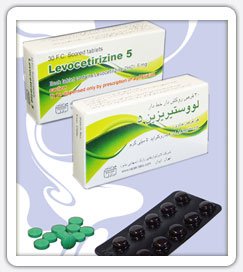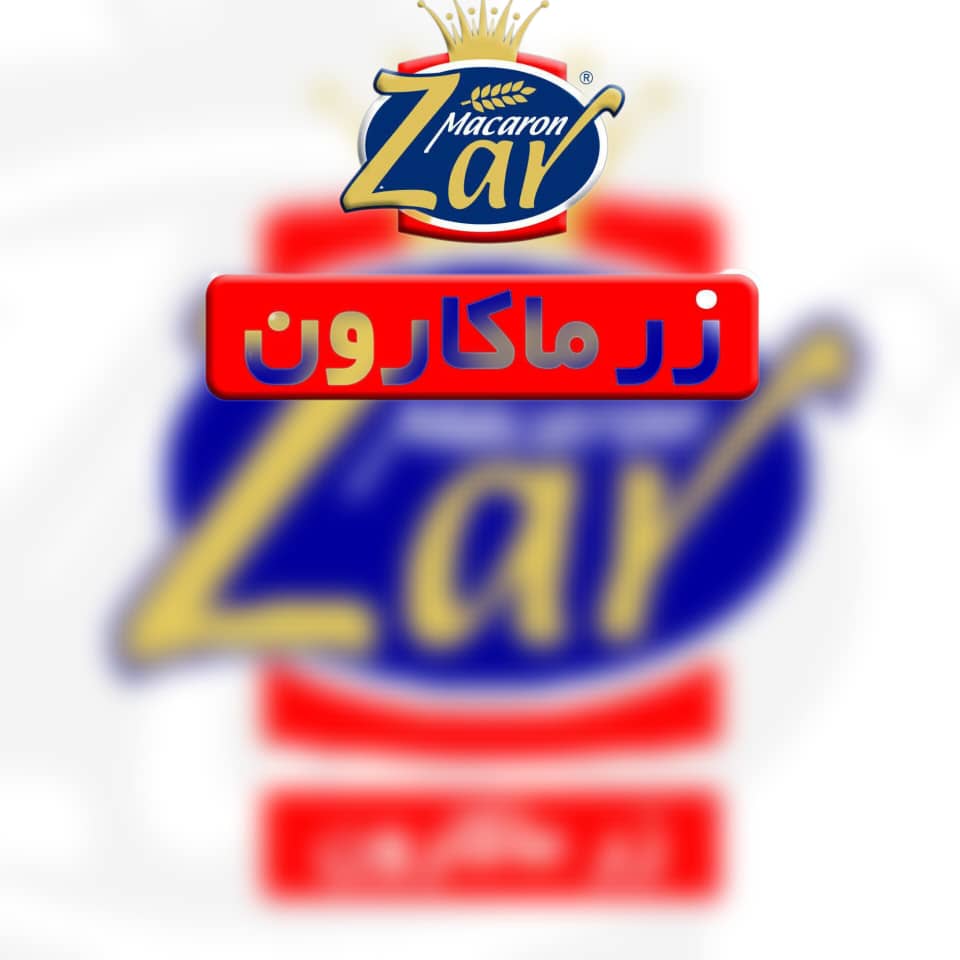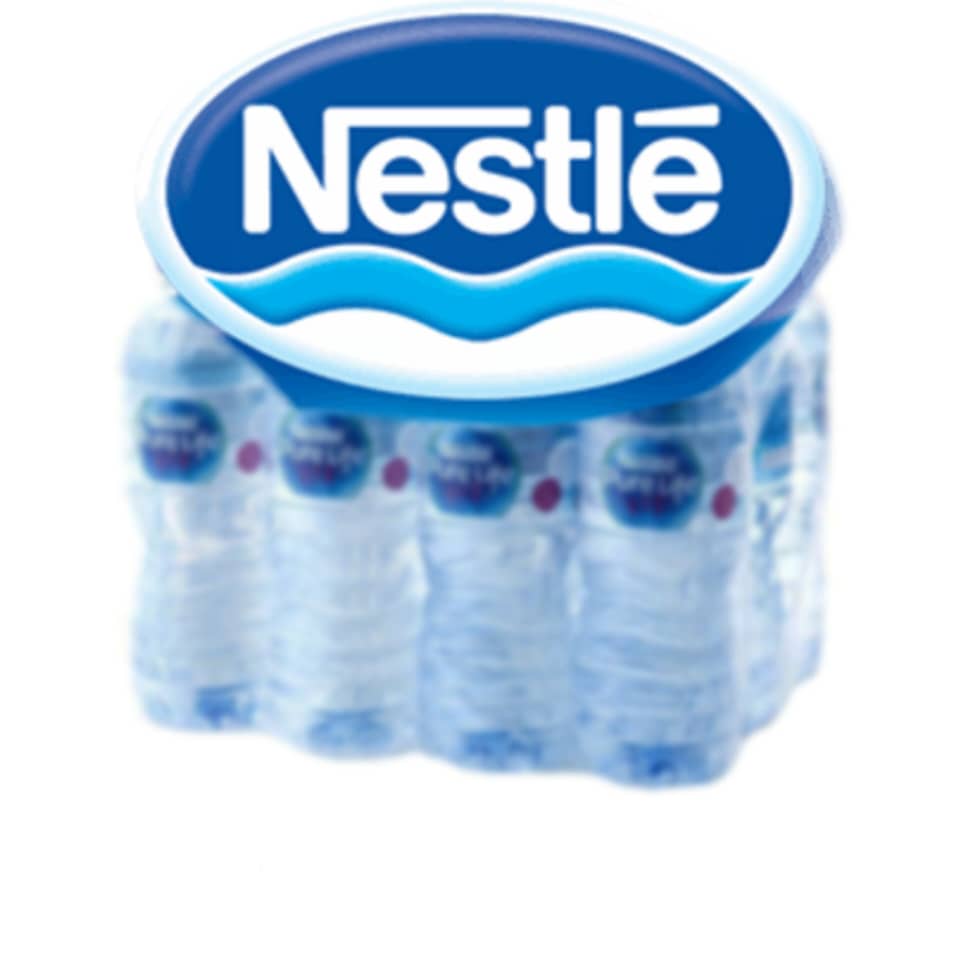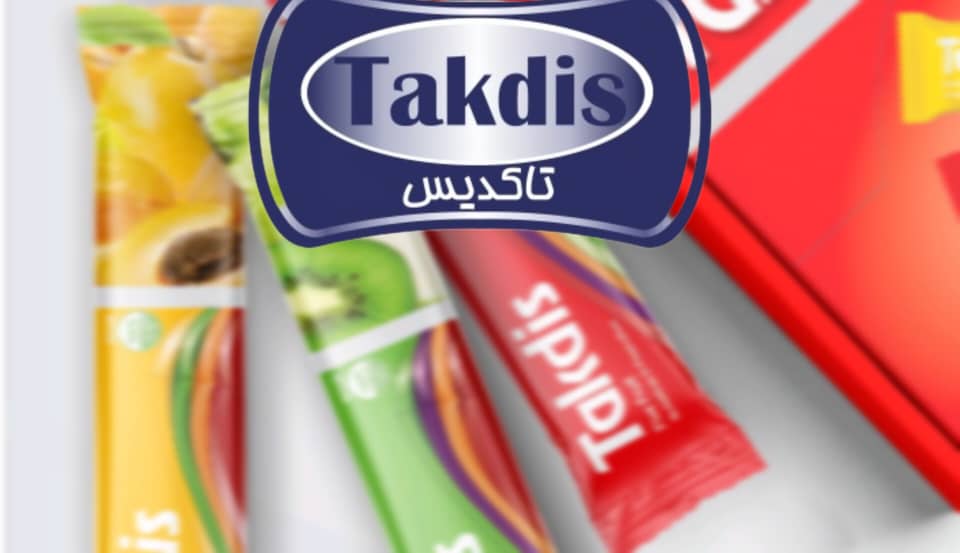
- Seen : 1292 View
Pharmaceutical category:
Anti-allergic (chronic rhinitis) (Martindale 35)
effective material :
Each coated and coated louvostyrosin tablet contains 5 mg of levostyrosine hydrochloride.
chemical formula :
Levostyrizin is an R-styrozinan anomicomer with a closed formula C21H25CLN2O3.2HCL.
The molecular weight of this substance is 461.8 and its chemical formula is as follows:
2- [2- (4 - [(R) - (4-chlorophenyl) -phenylmethyl] piperazin-1-yl] -ethoxy] acetic acid (Martindale 35)
The mechanism of the work:
Levostyrosin is an isomer R of cetirizine, an selective antagonist of peripheral H1 receptors. (UCB Pharma Leaflet)
Pharmacokinetics:
Levothyrizin is rapidly and widely absorbed following oral ingestion. The maximum plasma concentration of the drug is obtained 0.9 hours after the drug is taken. Concentration and constant conditions are achieved after two days. The amount of absorption is non-dose dependent and is not affected by food, but peak concentration decreases and appears later. (UCB Pharma Leaflet)
The median half-life of medication is 9.9 ± 7.9 hours. The main route of excretion is levothyrizin and its metabolites, so that about 85.4% of the dose is excreted in the urine. The excretion through the stool contains 12.9% of the dose. (UCB Pharma Leaflet)
Drug use:
Symptomatic symptomatic treatment of allergic rhinitis (including allergic rhinitis) and chronic idiopathic hives. (UCB Pharma Leaflet)
Contraindications:
This drug is contraindicated in people with a history of allergy to levothyrizin or other ingredients in the formulation of this drug or those with a history of hypersensitivity to pyrazine derivatives. It is contraindicated in patients with renal failure with creatinine clearance less than 10 ml / min. (UCB Pharma Leaflet)
Special warnings and special attention:
Levothyrizin is not recommended in children younger than 6 years of age. (UCB Pharma Leaflet)
Pregnancy and lactation:
Adequate clinical studies are not available during pregnancy and special care should be taken in pregnancy.
This medicine should also be used with caution in lactating women. (UCB Pharma Leaflet)
Drug Interactions:
Drug-related interactions with levothyrizin (including CYP3A4-inducing compounds) have not been studied. It has been shown that cetirizine has no clinical interactions with pseudoephedrine, cimetidine, ketoconazole, erythromycin, azithromycin and glycidase, diazepam). A slight decrease in serum creatinine clearance (16%) has been reported when co-administered with theophylline (400 mg / day), but no change in theophylline. (UCB Pharma Leaflet)
Side effects and unwanted side effects:
Headache, insomnia, dry mouth, obesity. In addition to the foregoing, there are a number of reports in the post-marketing studies of the following: Immune system problems: Anaphylactic reaction sensitization reactions. Respiratory problems: dyspnea and chest problems. Subcutaneous and skin problems: angioedema, itching, rash, hives and weight gain. (UCB Pharma Leaflet)
Amount and method of administration:
Adults and adolescents over 12 years of age: 1 tablet of 5 mg per day.
Elderly: There is a need for dose adjustment in people with a history of severe renal failure.
In children aged 12-6 years: 5 mg / day and for children under 6 years of age, studies on adjustment and dose adjustment have not been performed well. (UCB Pharma Leaflet)
Maintenance :
Keep the medicine at a temperature below 30 ° C.
Saler Company Information










